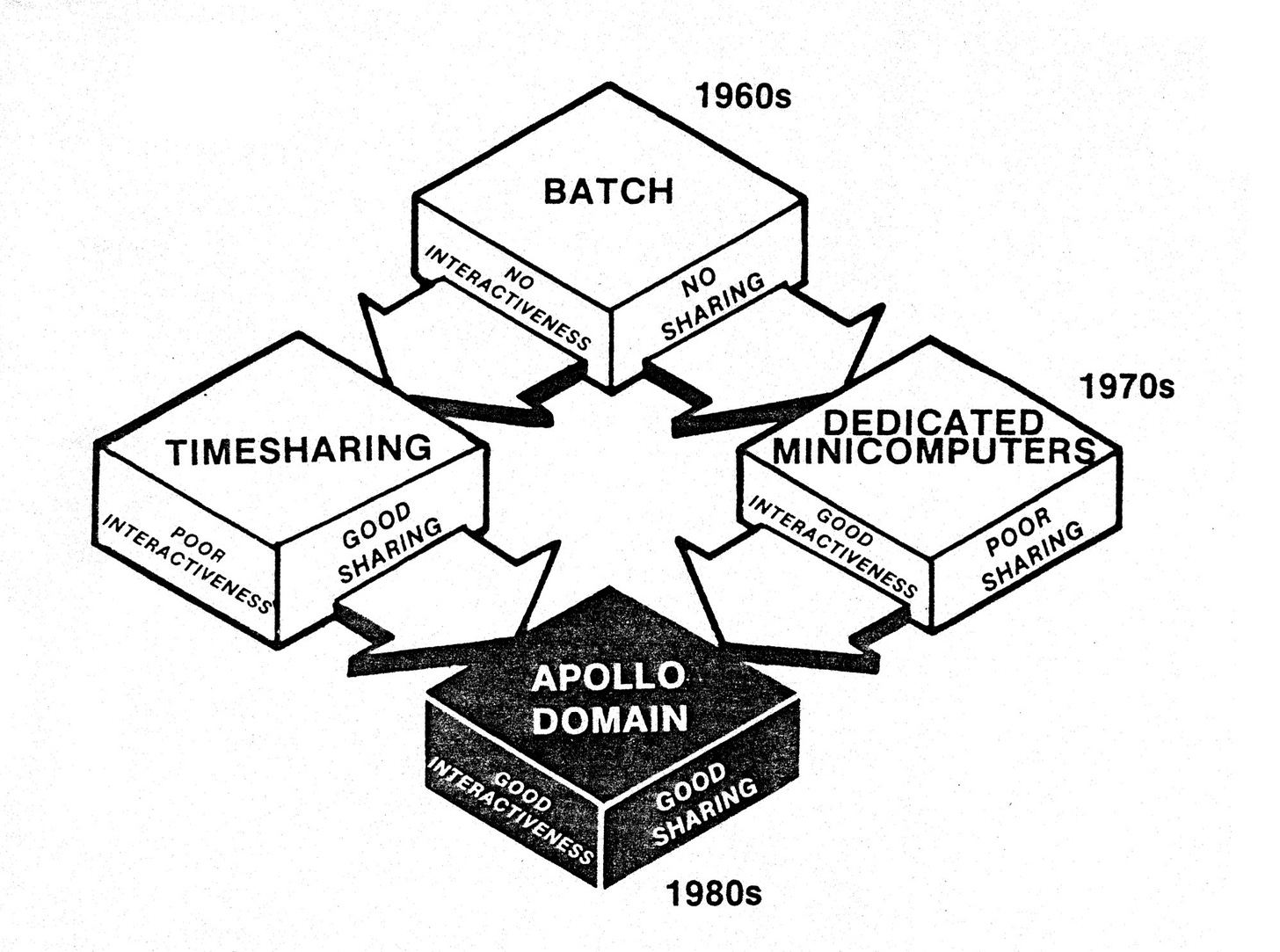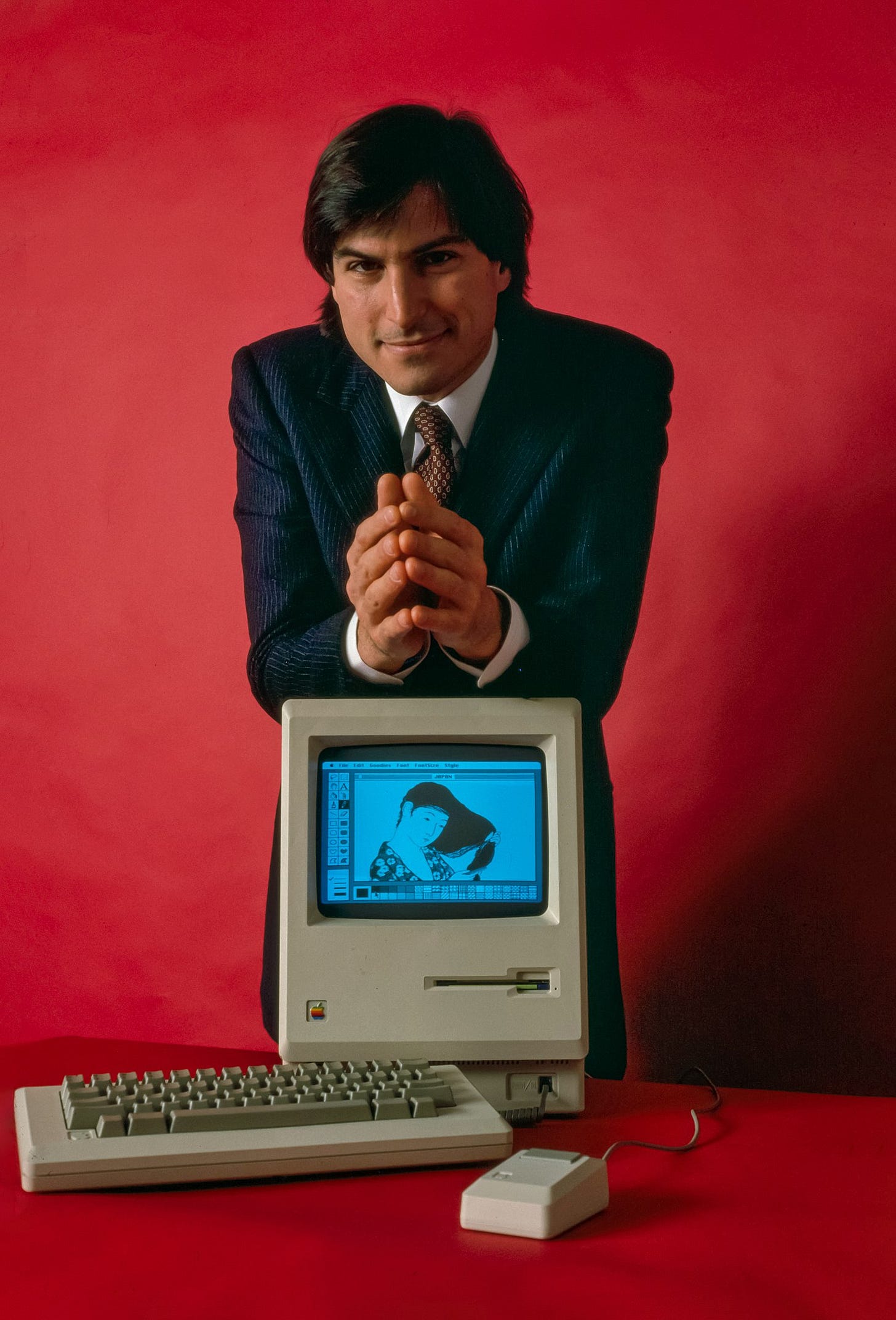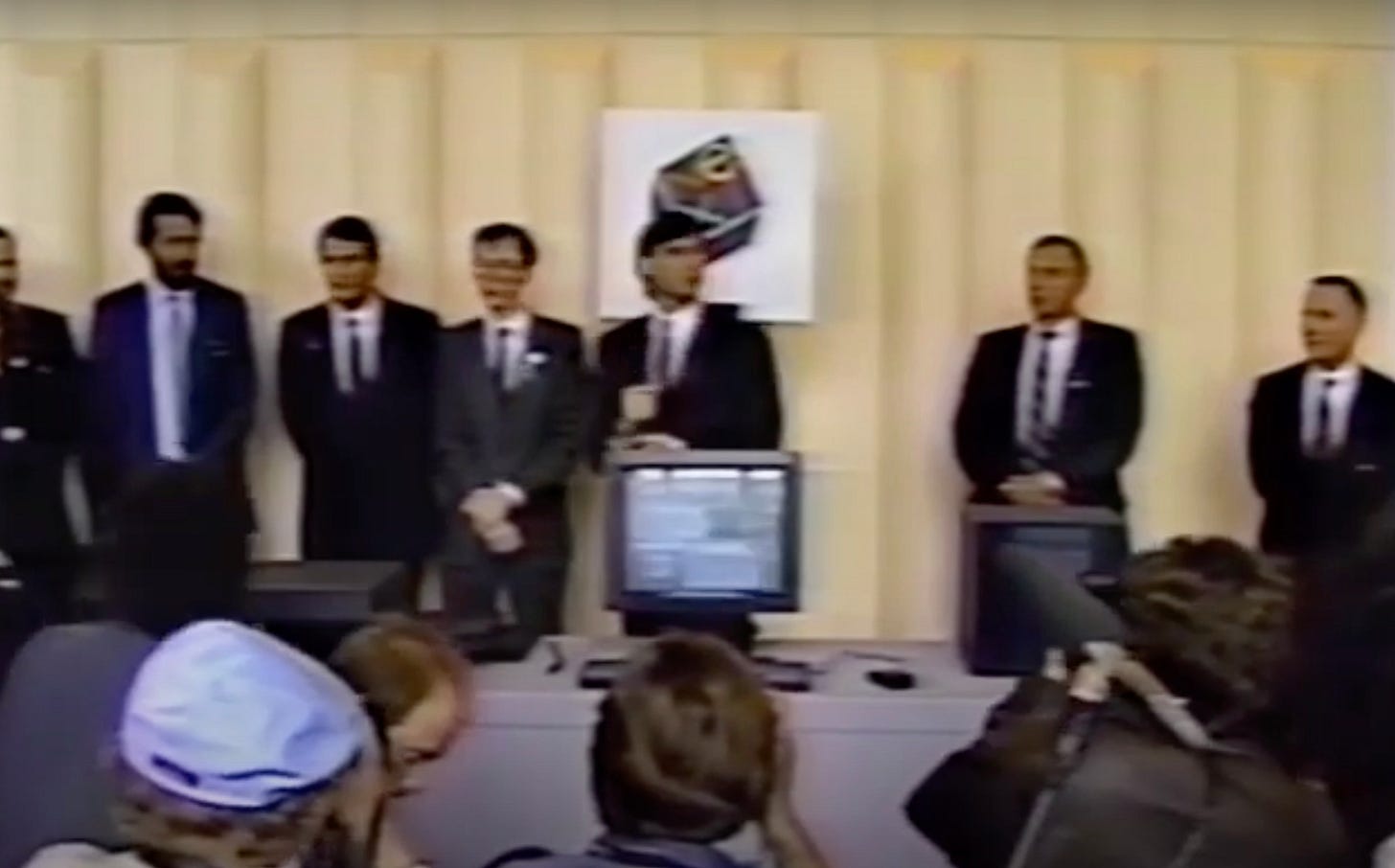Motorola's 68000 Series: Its Rise in Ten Computers
A timeline of the 68000, its successors and the computers they powered.
The Rise and Fall of the 68000
What’s in a name, or rather a number?
The Motorola 68000 wasn’t just a little bit better than its 8-bit predecessor the 6800. The name told you it was ten times better. The 68000 boasted powerful features that put it in a different league from that earlier 8-bit design. It had eight general-purpose 32-bit data registers plus eight 32-bit address registers, a 24-bit address space with the ability to address up to 16 megabytes of contiguous (not segmented) memory and an instruction set with 56 instructions and 12 addressing modes. Not only did it outclass its 8-bit predecessors, but on paper it was superior to its main 16-bit rival, Intel’s 8086.
Yet the 68000 lost out to the 8086 in the contest for the CPU socket in the IBM PC and Intel’s ‘Operation Crush’ beat it into second place in the wider 16-bit microprocessor market. Even so, the 68000 and its successors would go on to power many of the most important and innovative computer designs of the 1980s.
At the start of the 1980s, the 68000 series set the standard for powerful microprocessor designs.
By the end of that decade, though, it was on the way to being superseded.
What went wrong for Motorola? Let’s try to find out.
This is the first of two posts that set out to chart the rise and fall of the 68000 series. This post follows its rise, mainly through quotes from those who designed and made it - from the Oral Histories unless otherwise stated - and by charting the launch of ten computer systems that it powered. Ten systems that changed the world.
This post is a celebration of the 68000 and its impact. Its follow-up will look in more detail at the architecture of the 68000 series, its later years, and why no one is using descendants of the 68000 series on their desktop today.
The 6800 Family
First, though, a recap of the early years of Motorola’s microprocessor division.
From:
“We weren't very good in MOS”
to:
... Motorola microprocessors went from sales of zero to sales of about $250,000,000 almost overnight, maybe a year to 18 months or something. And it was at a good margin.
Regular readers will recall the early history of Motorola’s microprocessor division in the early 1970s: the formation of a talented team in Phoenix who created the 6800; the company’s struggles to fabricate the 6800 in volume; management’s decision to move the team to Austin, leading to the defection of Chuck Peddle, Bill Mensch and others to MOS Technology, who would create the 6502; fixing the 6800’s manufacturing, a monster deal with GM and the creation, by the new Motorola team in Austin, of the 6809. There is much more on these early years in the three posts below:
MACSS to 68000 Launch: 1977-1979
Competition and Ambition
If we're within 10% of what Intel is offering we don't have a chance, so we always had this goal in our mind: 2X.
The success of the 6800 in engine systems gave Motorola the appetite and the resources to build something much more ambitious. This led to a project known as the Motorola Advanced Computer System on Silicon (MACSS).
… we are going to be the definitive leader in the next generation of architecture.
The goal in the marketplace was to recapture what was then an undefined personal—take back the personal computer area, take it back inside, capture back Apple.
There was a need for a true, not microcomputer but a minicomputer that could be used by both groups. That was the leadership in terms of what we were designing for.
MACSS would become the 68000.
Designing the 68000 Architecture
Motorola had assembled an inexperienced but talented team to design the 68000.
None of us had ever designed a computer.
At one time we had five Ph.D.s working on the 68000, which was kind of a new phenomenon.
What emerged was an, apparently, powerful architecture:
Nick Tredennick and the Logic Design of the 68000
Much of the logic design of the 68000 would be done by Nick Tredennick:
Nick probably brought the most amount of intelligence to the project. He actually helped us design in detail many of the integral parts. This was the first microcoded designed microprocessor that I can find any little history of. He did almost all of the microcode.
Tredinnick would later talk about his work on logic design:
To me the magic of logic design is you take an English language description, I want this instruction to do a B and C I want this instruction to do this and this and this you take an English language description of the behavior of a machine … and you turn it into equations and transistors and that's I mean that's just a really gratifying experience for me personally.
As an aside Tredennick had a remarkable parallel career as a pilot and served in the US Navy.
He was a pilot for the US Air Force, flew various versions of the Lockheed C-130 Hercules military transport aircraft, and earned the rank of Major. He was also a Captain in the US Navy Reserve.1

Manufacturing the 68000
But Motorola lagged Intel in manufacturing technology:
… we didn't even add a depletion load and such until late on … after the 68010s. We were slow to adopt the next generation of technology, but at the same time we were trying to deliver the highest performance of technology.
If manufacturing was still a challenge for Motorola then they had some help from Hitachi:
In 1978, Motorola and Hitachi entered into a technology exchange venture. I was named the Transfer Manager for Motorola, and decided I would learn as much as possible.
We brought a lot back and injected it into our manufacturing and it helped greatly, especially when we built our newest factory in the early eighties. That became the factory that built most of the 68K products – a new 5 inch factory, MOS-8.
Before the Hitachi joint relationship we were horrible at manufacturing.
Competing with Intel for the IBM PC
The Motorola team tried and failed to get into the IBM PC (the PC was developed at IBM’s Boca Raton facility).
The IBM Boca one was probably the most difficult because you could never—we could never really figure out who was a decision maker that we could get access to.
But clearly the 68000, with its register structure and addressing modes, had a significant architectural advantage. Our feeling was that we had to take a cost approach. I had certainly assumed that you had better access to the design engineers, because they clearly talked to us about the 68000 multiple times. They were looking at it closely.
Intel’s Dave House
JAWS
The loss of the PC to Intel was a major blow but it was not the end of the story. Through the 1980s a remarkable and innovative series of machines would launch using the 68000 series as their CPU. Quoting Gordon Bell2:
Dozens of companies also started to build workstations based on a 68K CPU running the UNIX operating system. This was the era of “JAWS” (Just Another WorkStation) to describe efforts at Apollo, HP, IBM, SGI, Sun Microsystems and others based on 32-bit versus 16-bit.
Let’s look at a sample of these machines and others, interspersed with the 68000’s successors.
1980
Stanford University
What I saw was the power of this work with the personal computer and how useful it was because I could actually see it. And then when we looked at how we would build such a thing, we just got the first 32 bit microprocessors from Motorola, the 68000, which we really needed to program a scientific program, and we started working on the hardware.
Andy Bechtolsheim3
Researchers at Stanford University, including Andy Bechtolsheim, built a lower-cost networked computer inspired by the Xerox Alto, using the 68000 as the CPU. The design would become known as ‘SUN’ from Stanford University Network.
1981
Apollo
Apollo Computer, founded in Massachusetts, launched its first machine, the DN100 workstation, using the 68000. The DN100 needed two 68000s, in part to correct deficiencies in interrupt handling in the original 68000’s design.
The DN100 included a high-resolution screen, with a graphical user interface and networking capabilities integrated into the machine.
Apollo would become the biggest seller of engineering workstations in the mid-1980s.
1982
Sun Microsystems
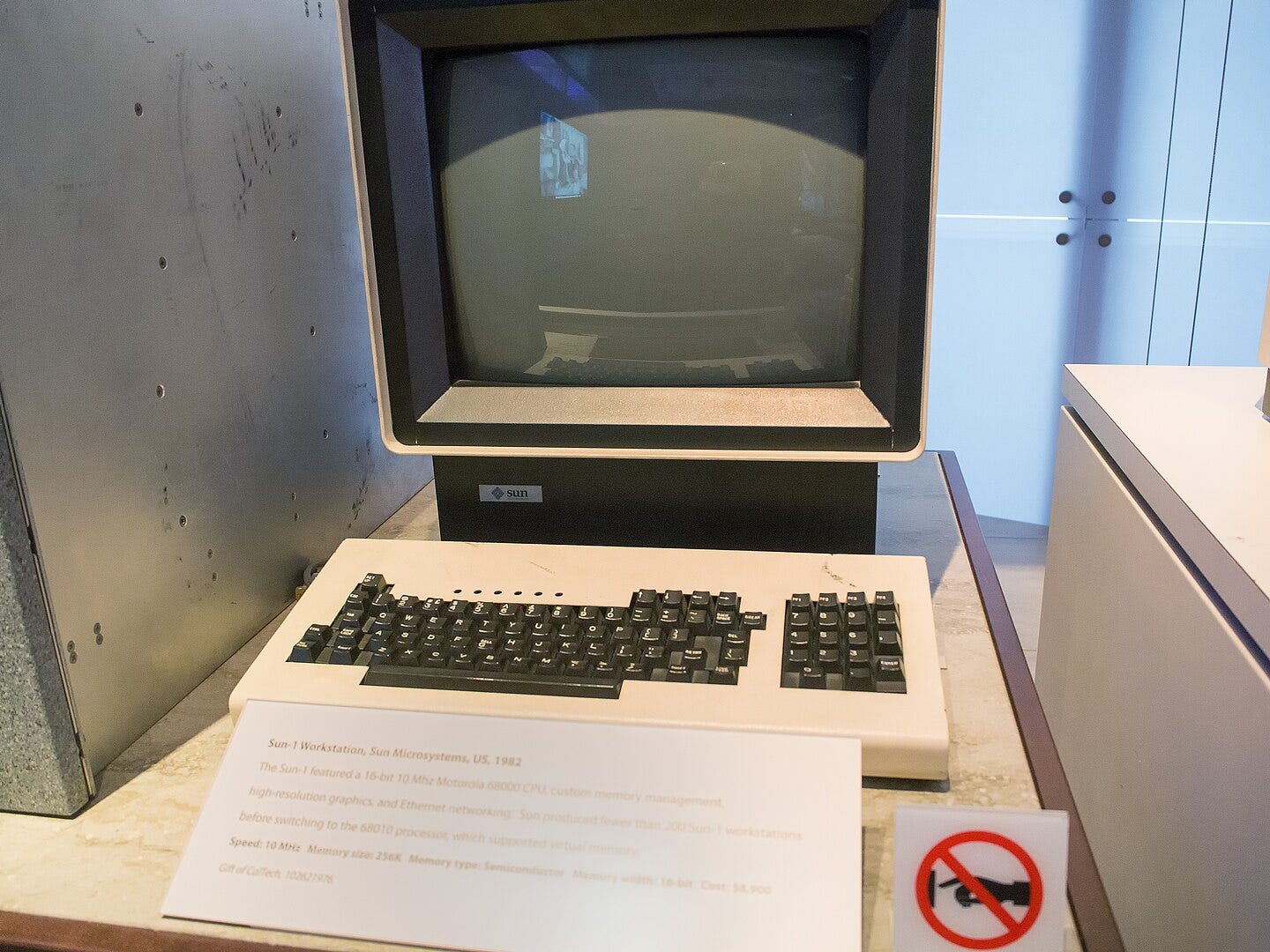
… the target we had was very clear which is we wanted to run the same kind of applications that people were previously running on a VAX machine on a much lower-cost personal computer and it just happened to be a … Motorola chip.
Andy Bechtolsheim
Sun Microsystems launched the Sun-1 series of workstations and servers, based on the Stanford University SUN workstation, powered by a 10MHz 68000.
1983
68010 / 68012

Motorola launches the 68010 (with a 24-bit address width) and the 68012 (with a 31-bit address width) with updates to support virtual memory.
Apple Lisa
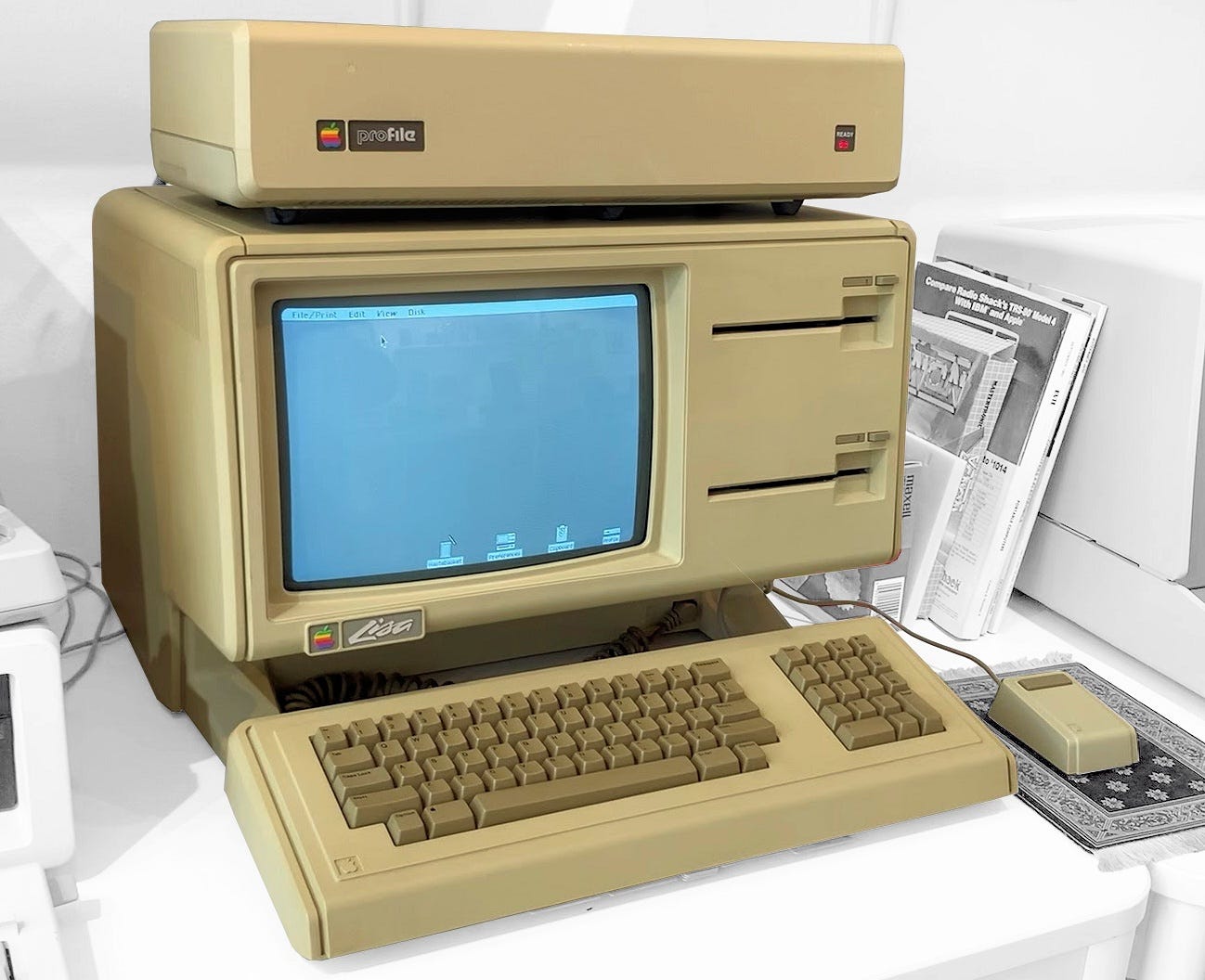
Apple introduced Lisa powered by a 5MHz 68000.
Silicon Graphics IRIS 1000
Silicon Graphics shipped the IRIS 1000 with hardware-accelerated 3D graphics based on the Geometry Engine developed by Jim Clark and Marc Hannah at Stanford University. The IRIS 1000 used a version of the 68000-based SUN workstation developed at Stanford.
IBM XT/370
IBM announced the XT/370:
Take two Motorola 68000 microprocessors. Change the microcode in one. Add an Intel 8087 Math Coprocessor. Change its microcode. Add 512 kilobytes of memory. Mix with lots of logic chips. And you have (nearly) …. an IBM System/370 mainframe.
If the 68000 had lost out to the 8086 in the contest for the CPU socket of the IBM PC then IBM and others would put the 68000 back into the PC on ISA expansion cards. For more on this see:
1984
68020
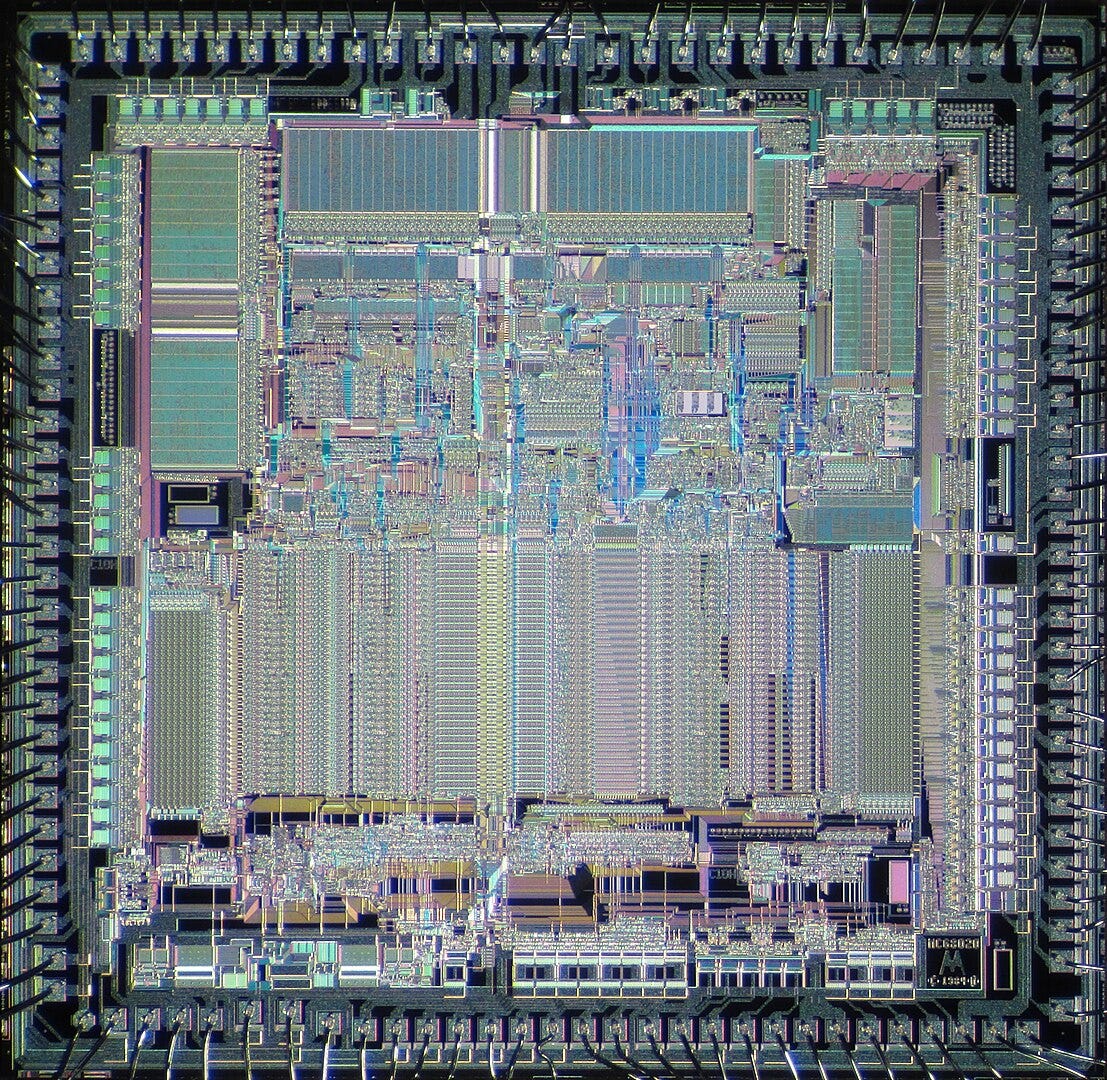
Motorola launched the 68020 with:
32-bit address width.
256-byte instruction cache.
Clock speeds of 12.5 MHz to 33 MHz.
Apple Macintosh
Steve, here's the deal. If you buy a million chips you will not pay more than 15 million dollars, today."
Apple introduced the Macintosh 128k powered by an 8MHz 68000 but only after Steve Jobs had negotiated the price down from more than $100 to $15 per chip.
1985
Atari ST

Atari released the Atari 520ST powered by an 8Mhz 68000. Over 2 million STs would be sold over its lifetime.
Commodore Amiga
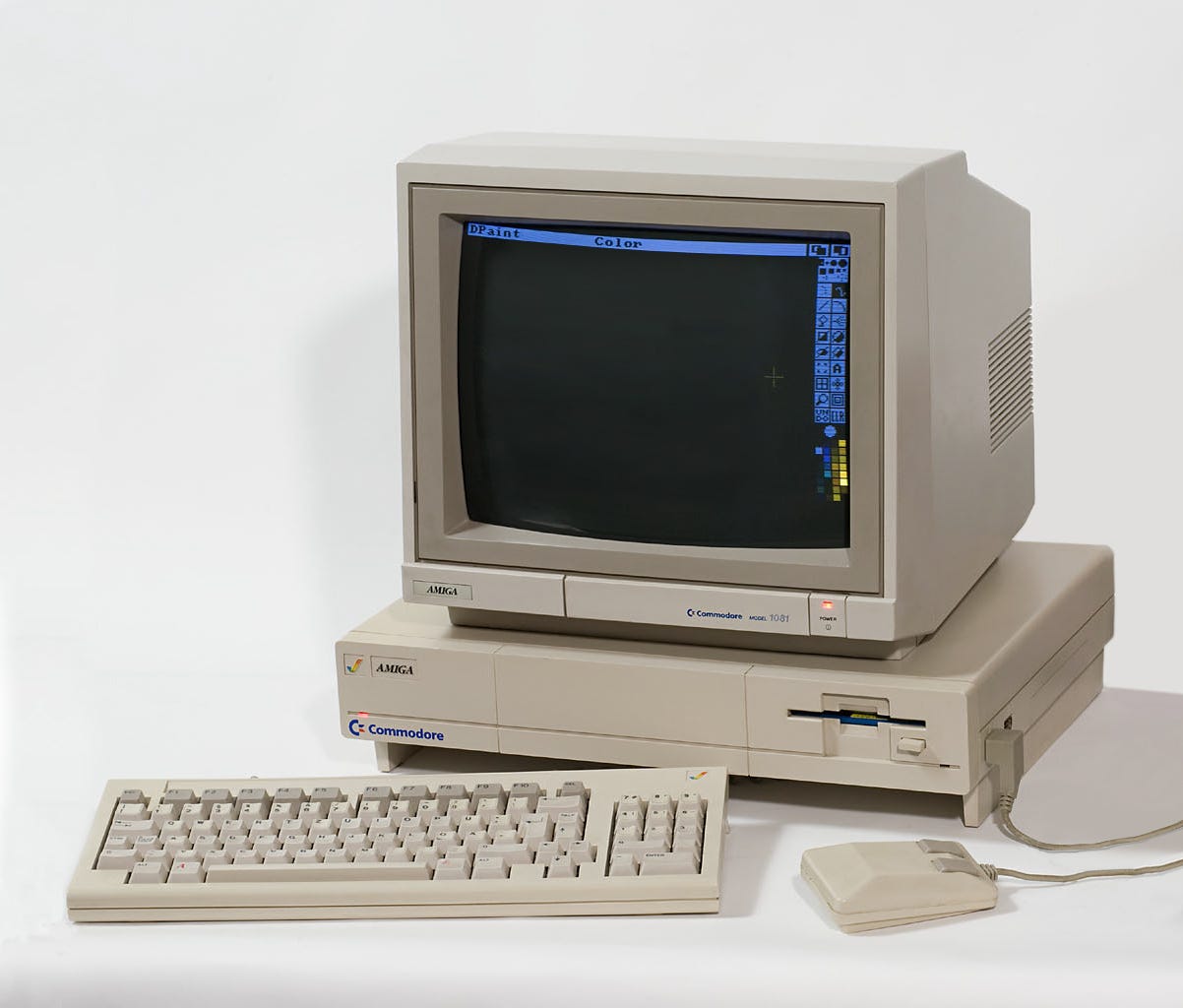
Commodore released the Amiga (later known as the Amiga 1000) powered by a 7MHz 68000. Over 4.8 million Amigas would be sold over its lifetime.
1987
68030
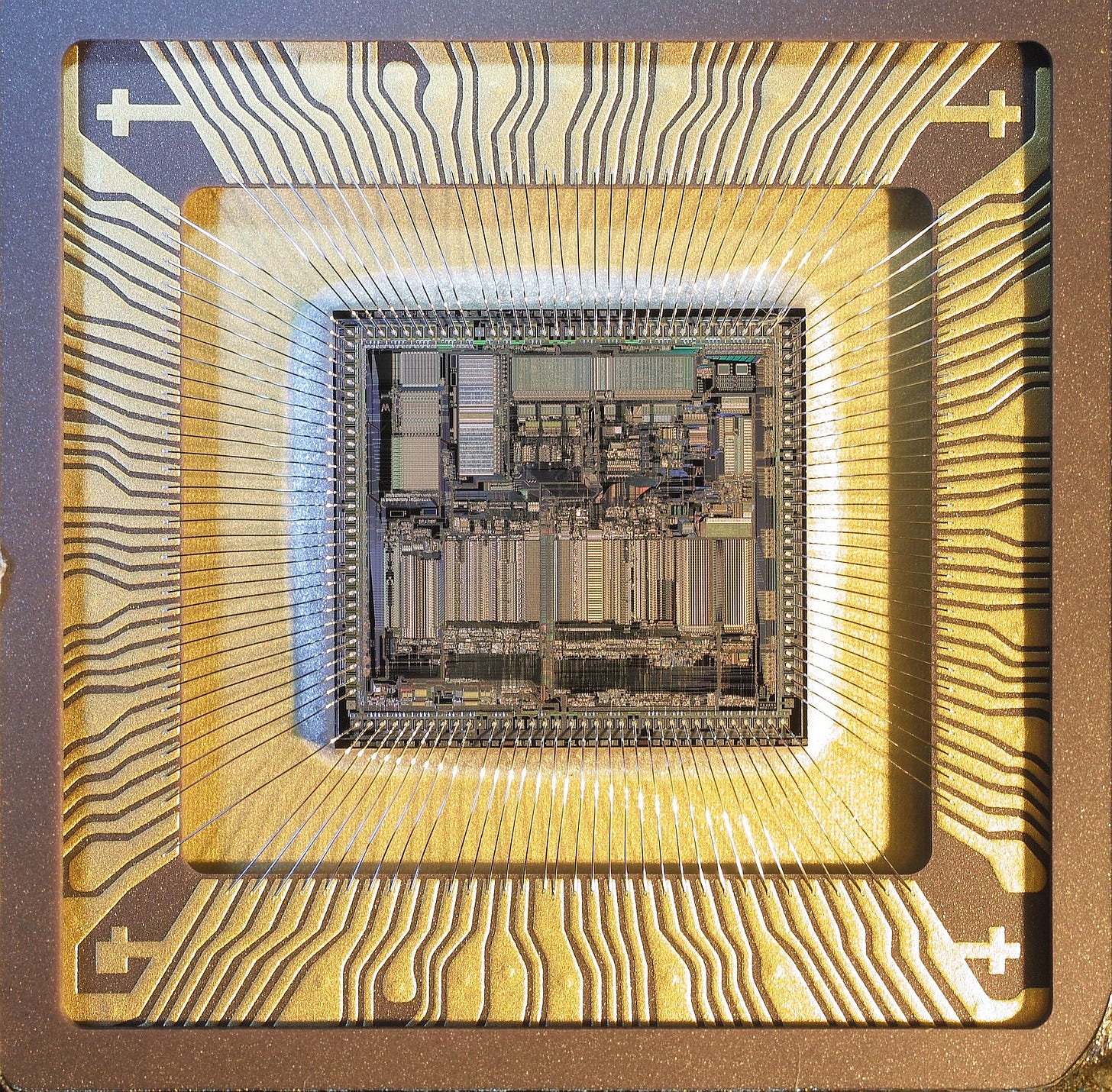
Motorola launched the 68030 with:
256-byte caches for both instructions and data.
Clock speeds of 16 MHz to 50 MHz
1988
NeXT Computer
Steve Jobs’s NeXT launched the NeXT Computer with a 25MHz Motorola 68030.
By 1988 the 68000 series had registered several historic milestones. It was in Apple’s pioneering Lisa and Macintosh. It powered the launch of workstation computer lines from Apollo, Sun, Silicon Graphics, NeXT, and others. It was in a new generation of home computers from Atari and Commodore. Motorola quickly followed up on the 68000 with more powerful successors with faster clock speeds and which added new features, such as virtual memory.
But cracks were already appearing in the 68000 business. We’ll look at the rest of the story in more detail in the second part of this series.
After the paywall, links to a small number of key sources on the creation and the architecture of the 68000 series.










